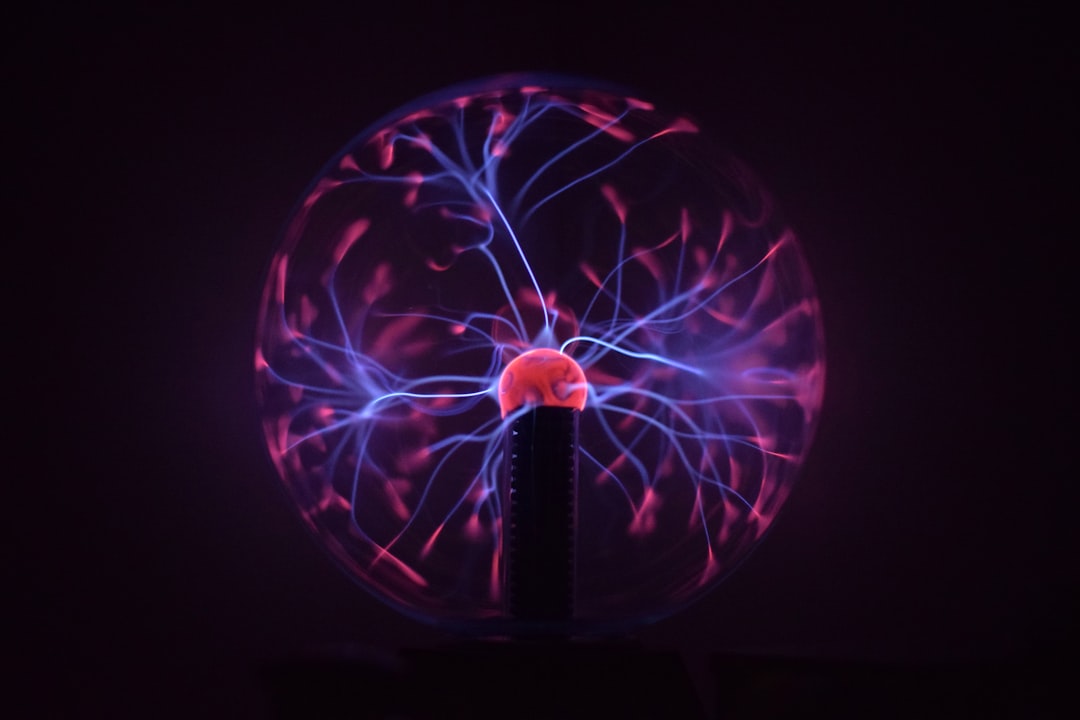What is it about?
Acute stress disorder (ASD) is predictive of the development of posttraumatic stress disorder (PTSD). In response to symptom provocation, the exposure to trauma- related pictures, ASD patients showed increased activation of the medial posterior areas of precuneus and posterior cingulate cortex as well as of superior prefrontal cortex in a previous study. The current study aimed at investigating which activated areas are predictive of the development of PTSD. Nineteen ASD patients took part in an fMRI study in which they were shown personalized trauma-related and neutral pictures within 4 weeks of the traumatic event. They were assessed for severity of PTSD 4 weeks later. Activa- tion contrasts between trauma-related and neutral pictures were correlated with subsequent PTSD symptom severity. Greater activation in, among others, right medial precu- neus, left retrosplenial cortex, precentral and right superior temporal gyrus as well as less activation in lateral, superior prefrontal and left fusiform gyrus was related to subse- quently increased PTSD severity. The results are broadly in line with neural areas related to etiological models of PTSD, namely multisensory associative learning recruiting posterior regions on the one hand and failure to reappraise maladaptive cognitions, thought to involve prefrontal areas, on the other.
Featured Image
Read the Original
This page is a summary of: Posterior and prefrontal contributions to the development posttraumatic stress disorder symptom severity: an fMRI study of symptom provocation in acute stress disorder, European Archives of Psychiatry and Clinical Neuroscience, July 2016, Springer Science + Business Media,
DOI: 10.1007/s00406-016-0713-6.
You can read the full text:
Contributors
The following have contributed to this page










